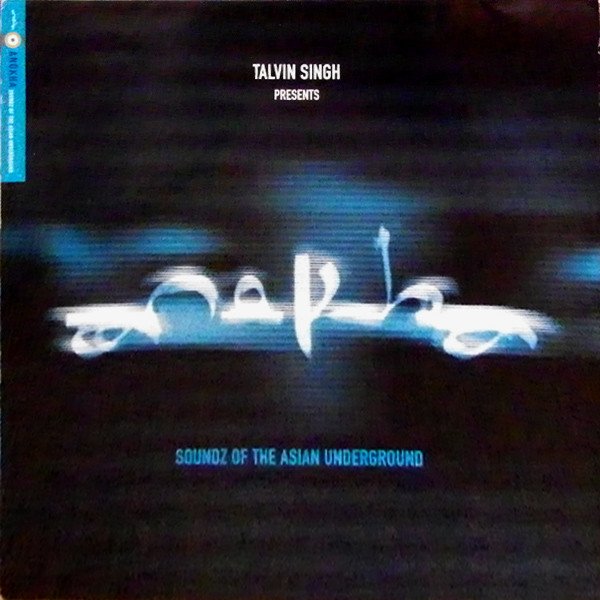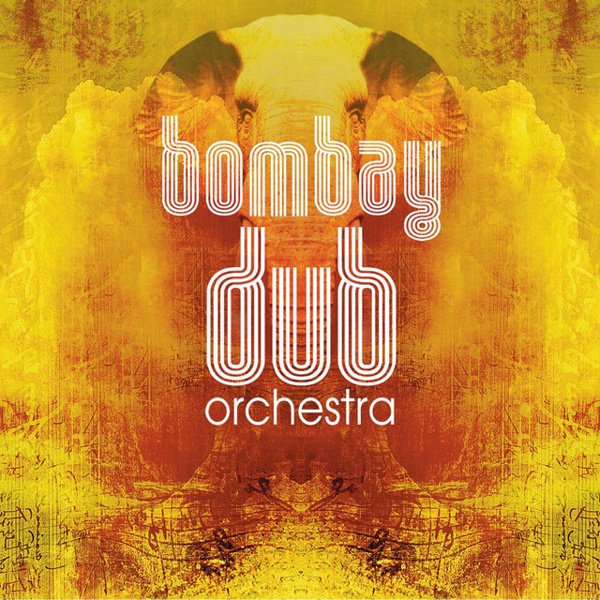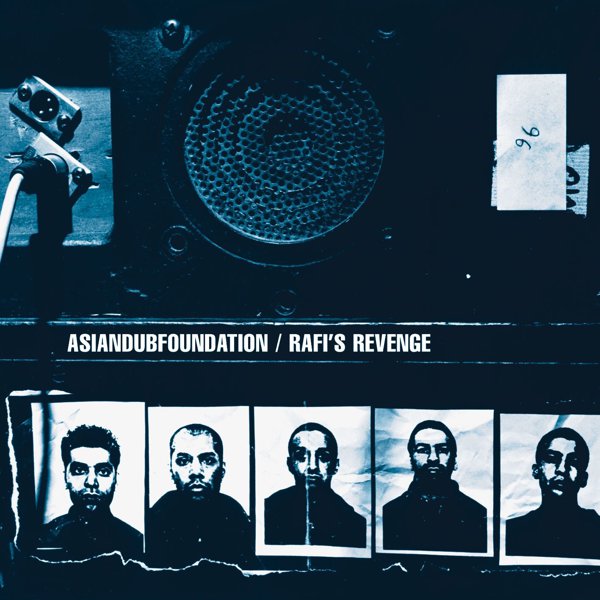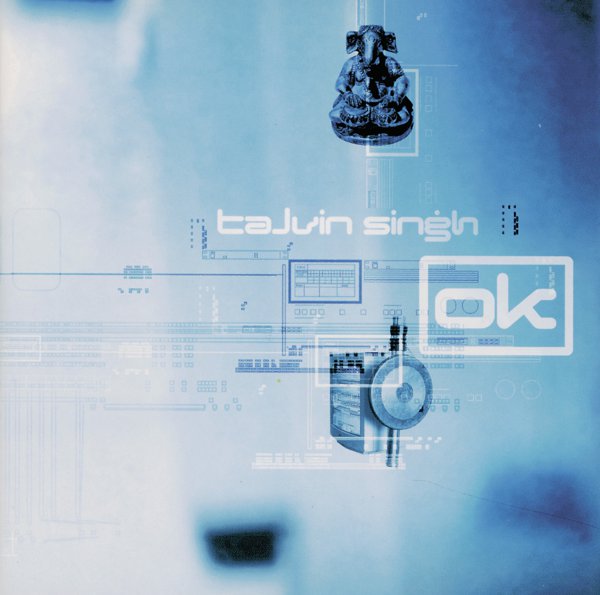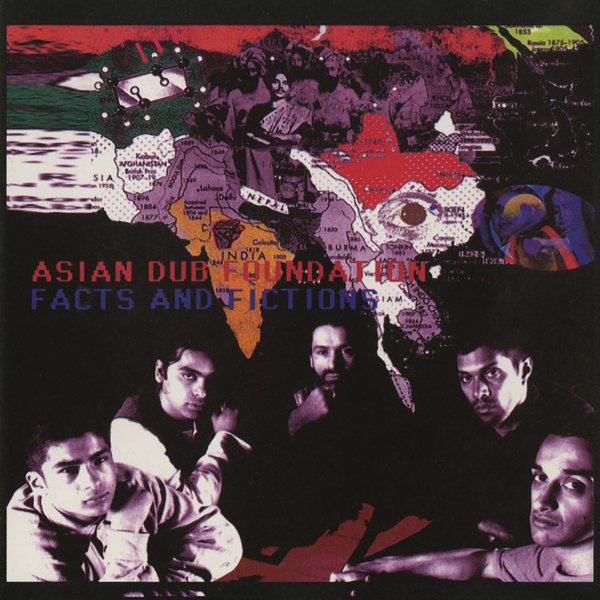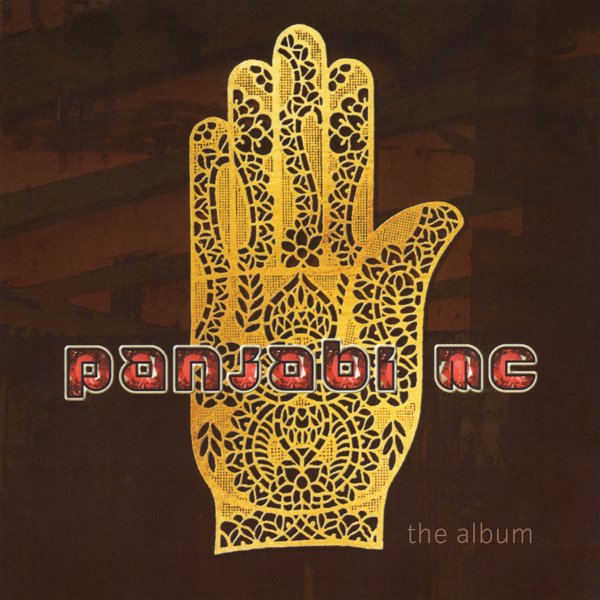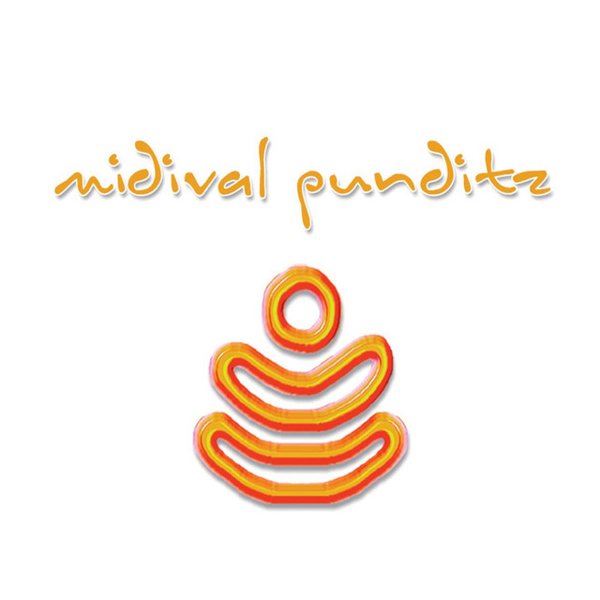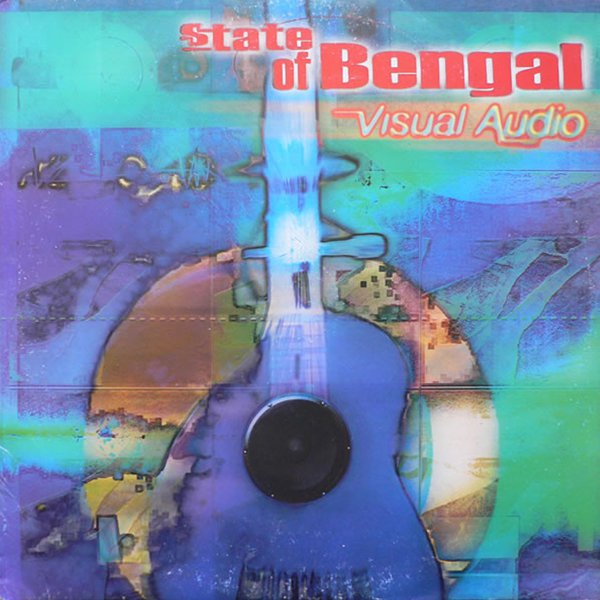The umbrella term “Asian Underground” applies to a wide variety of pop music artists and subgenres that emerged primarily in England in the 1990s, and that continue to exert an influence on Western popular music well into the 21st century. All of its manifestations involve pop, folk, and classical musical elements from the Indian subcontinent fusing with British, European, and American popular music styles – including hip hop, jungle, techno, synthpop, rock, and R&B – a natural outcome of Britain’s colonial history and of the South Asian diaspora that resulted from India’s partition in 1947.
Anokha (Soundz of the Asian Underground), a compilation curated by DJ and tabla player Talvin Singh, is widely credited with giving the movement its name. But that album was released in 1997, at which point things had been simmering for quite some time. In the early 1990s, the British-born Indian dancehall DJ Steven Kapur, recording under the name Apache Indian, had released multiple singles that drew deeply on his Subcontinental musical heritage, including the songs “Chok There,” “Don Raja,” and “Boom-Shak-a-Lak” – the latter a major hit. The London-based Asian Dub Foundation had released their groundbreaking debut album Facts and Fictions in 1995, and for several years electronic dance artists had been creating funky remixes of qawwali recordings by the legendary Pakistani singer Nusrat Fateh Ali Khan. Khan’s collaborations with experimental guitarist Michael Brook, with Pearl Jam frontman Eddie Vedder and with alt-pop darlings Peter Gabriel and Alanis Morissette, would bring him further global exposure later in the decade and into the 2000s (well after his untimely death in 1997 at age 48). Bhangra, a fusion of Punjabi folk music and Western electronic dance music, had been developing for even longer, beginning to take on its modern characteristics in the 1980s – and it attracted new fans as the Asian Underground movement gained momentum in the subsequent decade.
In the late 1990s, the Asian Underground grew in diversity and global recognition. Bands like Cornershop infused indie pop sounds with Indian instrumentation – and, occasionally (as on their hit song “Brimful of Asha”) explicit lyrical references to Indian pop culture – while the producer Bally Sagoo achieved success remixing Bollywood film songs and contributing to the soundtracks for such movies as Bend It Like Beckham and Mistress of Spices.
As a distinctive musical movement, the Asian Underground eventually faded, but its influence continues to be felt in Western popular music, particularly in hip hop and R&B – listen closely to tracks by the likes of M.I.A., Jay-Z, and Missy Elliott and you’ll often hear tablas, dhols, sitars, and other instruments that may never have come to the attention of those artists and their producers without the groundbreaking work of so many Asian Underground artists decades before.

